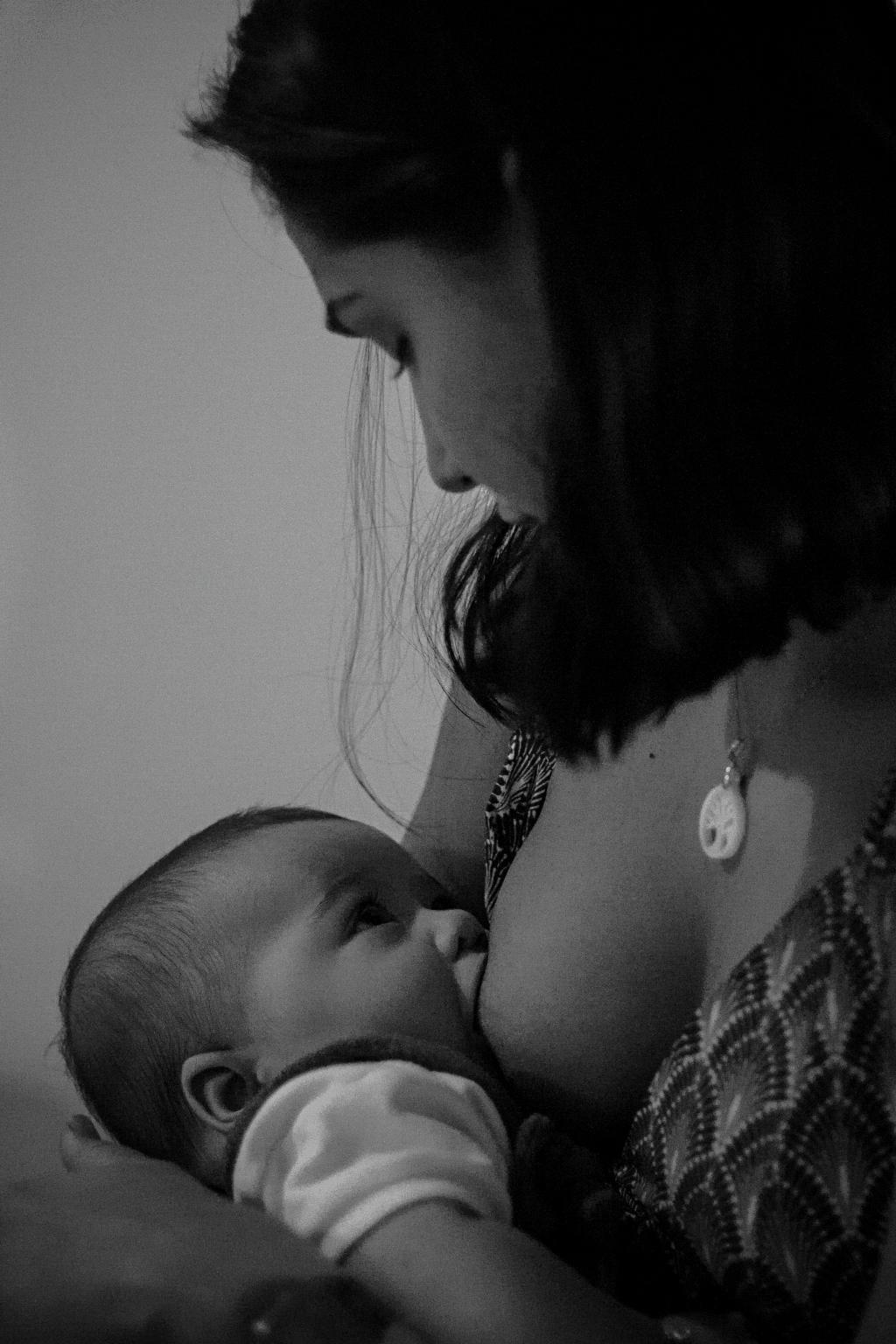During the course of breastfeeding, mothers may encounter a condition known as vasospasm, which can be a source of significant discomfort and pain. Vasospasm occurs when the blood vessels that supply the nipple experience spasms, causing a constriction in blood flow to the nipple area.
One of the primary consequences of vasospasm during breastfeeding is the disruption of milk flow from the nipple. When the blood vessels constrict, it can impede the normal flow of milk, adding to the challenges faced by breastfeeding mothers.
Factors Contributing to Vasospasm
There are various factors that can contribute to the occurrence of vasospasm while breastfeeding. One common trigger for vasospasm is exposure to cold weather. The sudden changes in temperature can prompt the blood vessels in the nipple area to contract, leading to vasospasm episodes.
In addition to cold weather, poor latch or positioning during breastfeeding can also play a role in the development of vasospasm. When the baby is not latching correctly, it can put additional pressure on the nipple, potentially leading to vasospasm.
Symptoms of Vasospasm
Mothers experiencing vasospasm while breastfeeding may encounter a range of symptoms. One of the most common signs is intense pain or discomfort in the nipple area. This pain can be sharp, burning, or throbbing, making breastfeeding a challenging and painful experience.
Furthermore, mothers may notice changes in the color of their nipples during a vasospasm episode. The nipples may turn white, then blue, and finally red as the blood flow returns to normal. These color changes are a clear indicator of the presence of vasospasm.
Managing and Treating Vasospasm
When faced with vasospasm while breastfeeding, it is essential to explore strategies to manage and alleviate the symptoms. One approach is to ensure that the baby is latching correctly to reduce pressure on the nipple and minimize the risk of vasospasm.
Mothers can also make lifestyle adjustments to help prevent vasospasm episodes. Keeping warm during breastfeeding sessions, using warm compresses on the nipple area, and wearing insulated clothing can all help in maintaining good blood flow and reducing the likelihood of vasospasm.

